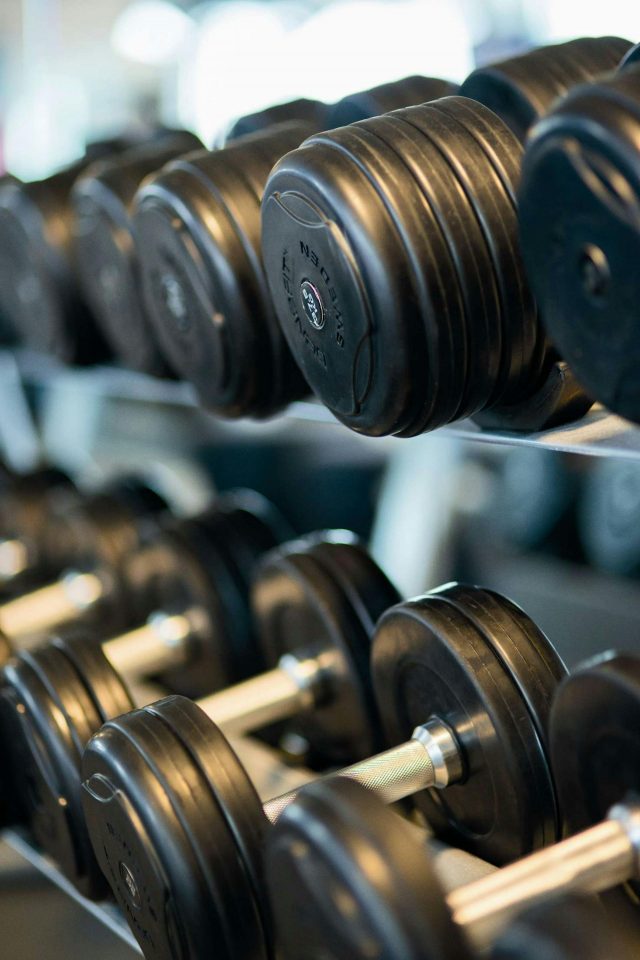In 1999, New Studies in Athletics published an article by Yuri Verkoshansky called “The End of Periodization of Training in Top-Class Sport.” Verkoshansky is a name that many strength and track/field coaches will be familiar with, so when he publishes an article with this title it gets one’s attention.
The article is largely an attack on Matveyev’s system of periodization (what a lot of us call “classic periodization). To remind everyone, Matveyev wrote a classic book on periodization called “Fundamentals of Sports Training” which introduced the concept of periodization. In this book, he introduces macrocycles, mesocycles, microcycles; general and competition periods of training, general preparation phases, special preparation phases, etc. This is the book for the introduction to periodization and its language.
Verkoshansky begins his article by reviewing the criticism of Matveyev’s approach. The high points of this criticism are:
- Periodization slows down athlete development
- It is not best for training elite (high-level) athletes because it does not take into account their competition calendar (i.e. virtually no off-season)
- Periodization is based upon the study of a handful of sports (gymnastics, swimming, track/field, weightlifting) in the beginning of the 1950’s
- Periodization’s training concepts are not founded upon biology
- It has not changed since 1965
- It’s organization is contrived and inflexible, in other words it is something that sounds good
The author then expands on some of these criticisms. Namely in the author’s opinion, Matveyev’s work seeks to make sports training an exercise in pedagogy instead of something based upon science. If sports training is based upon pedagogy, then it can be structured as if one were seeking to learn something according to a curriculum. For example, at the end of 12 weeks we want our students to be better at multiplication. With that in mind, we’ll spend the first four weeks on… It is Verkoshansky’s contention in this article that because periodization is based upon pedagogy, instead of science, this makes the terminology and organization “full of contradictions and simply imaginary.” Verkoshansky uses the terms “arbitrary,” “speculative,” “imaginary,” and others throughout the article while describing Matveyev’s periodization concept. I’ve never seen an attack like this in a western scholarly publication before.
Now, it needs to be pointed out that Verkoshansky had an ulterior motive. He was pushing block, or conjugate, periodization which was his concept. This is an approach that is largely geared towards track and field, though it has grown popular with the powerlifting community and some of the strength and conditioning sports scientists have begun to discover it. Both Vladimir Zatsiorsky and USA Track and Field have rejected this approach as it tends to lead to detraining of the non-targeted motor abilities, which is a problem for athletes. Another thing that sounds good in theory but breaks down when it meets the athletes…
Still, this is an article that is food for thought. Often we accept things published by Eastern Europeans without bothering to understand if something that we’re reading is fringe material or taken out of context. This was a fascinating article when I first read it. Periodization is a sacred cow for many in the strength and conditioning field. While this article was being published, Vern Gambetta had already published two in the NSCA’s coaching publication urging the need to take a different look at this concept. Mike Barnes, Allen Hedrick, and I published a very contentious article in Strength and Conditioning Journal pointing out that our understanding of periodization from a research standpoint is extremely limited.
At the end of the day, classic periodization is (in my opinion) a great approach for lower level athletes (high school, early college) because it provides a structure and a systematic approach to overload. But it breaks down when working with higher level athletes due to the competition schedule. For example, professional baseball players play 162 games. But they are also playing games in March, April, and May as part of spring training. This doesn’t leave much time for an off-season. It’s similar for most of the professional sports as well as many Olympic sports.
References:
Cissik, J., Hedrick, A., Barnes, M. (2008). Challenges applying the research on periodization. Strength and Conditioning Journal, 30(1): 45-51.
Gambetta, V. 91991). Some thoughts on new trends in training theory. NSCA Journal, 13(1): 24-26.
Verkoshansky, Y. (1999). The end of “periodization” of training in top-class sport. New Studies in Athletics, 14(1): 47-55.
Revised January 20, 2025




